Search
-
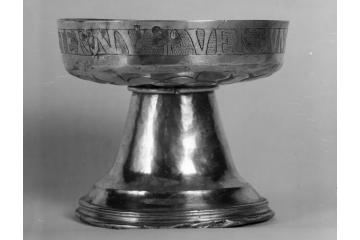 ©
The Trustees of the British Museum
©
The Trustees of the British Museum
Welford Cup
A silver cup, known as a Tudor grace cup, used as a domestic but ceremonial drinking cup passed around the table after prayers.
Tudor 1518/9 Medieval to Tudor
-
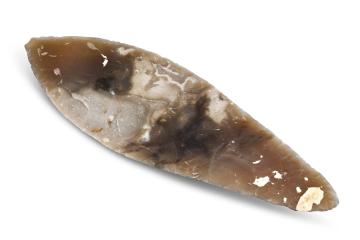 ©
NMAG
©
NMAG
Bronze Age Flint Dagger
This flint dagger was found in a male burial in a barrow along with other grave goods. It had never been used so may have been an ornamental or ritual piece.
Early Bronze Age 3300 - 2100 BCE Geologic to Prehistoric
-
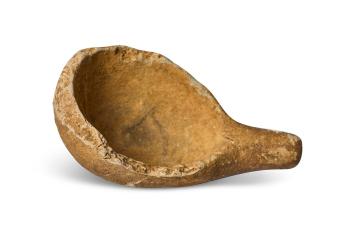 ©
NMAG
©
NMAG
Bronze Age Spoon
A rare Bronze Age Ceramic spoon found in a cremation burial found during excavations in Middleton Cheney.
Bronze Age 1970 - 1740 BCE Geologic to Prehistoric
-
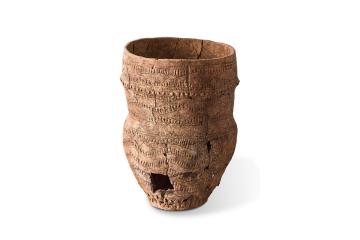 ©
NMAG
©
NMAG
Bronze Age Beaker
HIghly decorated pottery vessel, known as a Beaker pot. Found as part of a male burial marked by a Bronze Age round barrow.
2050 - 1900 BCE Geologic to Prehistoric
-
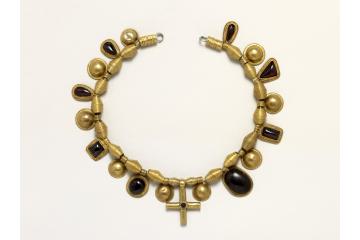 ©
The Trustees of the British Museum
©
The Trustees of the British Museum
Desborough Necklace
Dating to the late 7th century the Desborough necklace belonged to a high status Anglo-Saxon woman and is likely to be explicity Christian in meaning.
Anglo-Saxon 650 - 700 CE Roman and Early Medieval
-
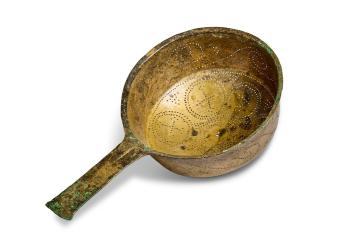 ©
NMAG
©
NMAG
Irchester Bowls
A collection of bronze vessels, known as the Irchester bowls, found in 1874 at the site of Irchester Roman town, near Wellingborough.
Roman 350 - 399 CE Roman and Early Medieval
-
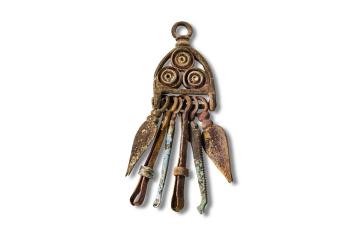 ©
NMAG
©
NMAG
Roman Chatelaine
This astonishingly well preserved example of a chatelaine (collection of personal grooming objects), is a high-status object made to be seen as much as used.
Roman - first century CE Roman and Early Medieval
-
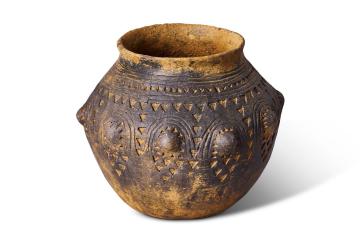 ©
NMAG
©
NMAG
Anglo-Saxon Pot
One of the objects buried with an Anglo-Saxon male in the later 6th century, this beautifully decorated pottery vessel is stamped with triangular indentations.
Anglo-Saxon 550 - 599 CE Roman and Early Medieval
-
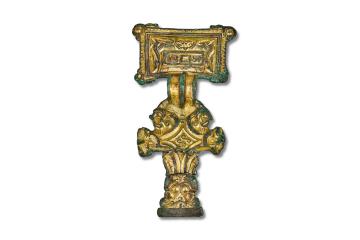 ©
NMAG
©
NMAG
Wakerley brooch
Excavated from a burial in an Anglo-Saxon cemetery, this square headed brooch is unusual in being marked with a runic inscription on the back.
Saxon 500 - 700 CE Roman and Early Medieval
